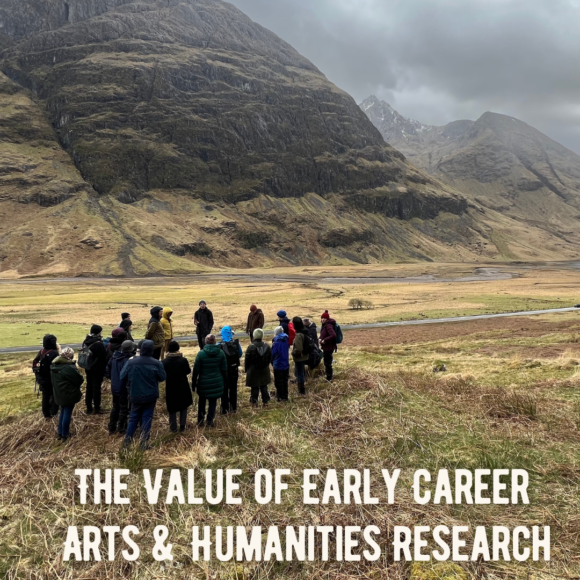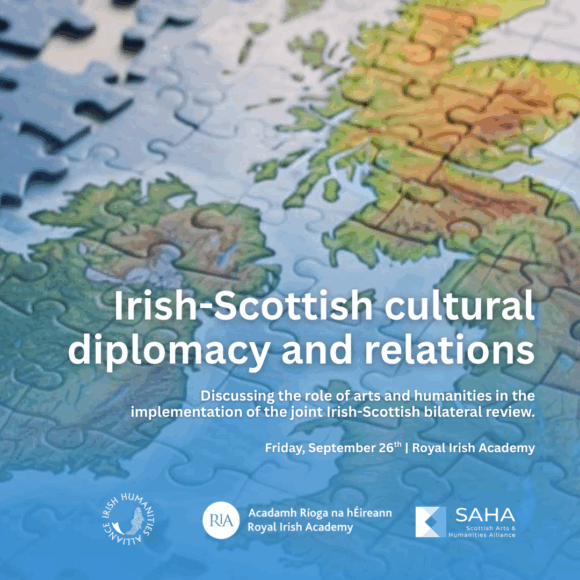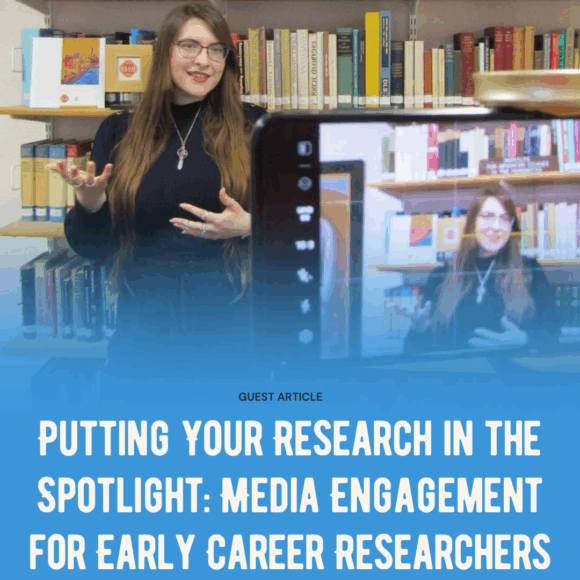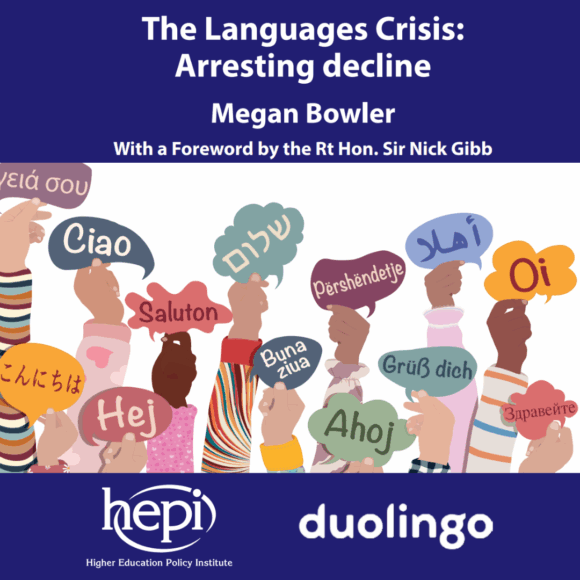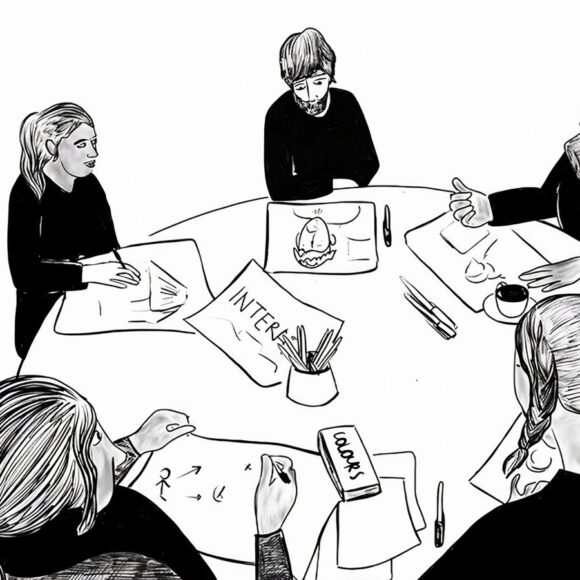How do you imagine the earth?
That question really matters for us today.
The failure to deal adequately with climate change is partly a failure of imagination. It’s very hard for us to envisage the workings of the earth at a planetary scale with the imaginative resources we have inherited in 21st-century western culture. There has been a lot of work recently in the environmental humanities pointing that out. For example, Amitav Ghosh has argued in his 2016 book The Great Derangement that the European tradition of novelistic fiction, with its focus on elite individuals living out their lives in clearly bounded local contexts, is not a good vehicle for representing the scale and violence of climate change, or for imagining possible responses to it.
I have become more and more interested in the possibility that bringing ancient Greek and Roman ideas about the earth into dialogue with modern approaches to the earth in the environmental humanities can shed new light on both. I’m working on a project on that issue at the moment, together with Emily Kneebone at the University of Nottingham. That’s one of several current projects linked with our Centre for Ancient Environmental Studies at St Andrews.
One of the things that dialogue can do is help us to rethink the way we understand ancient Greek and Roman literature. The earth was one of the most important characters or presences in ancient literature over more than a millennium and across a vast range of different genres, but oddly has been almost entirely invisible in modern classical scholarship.
Just to take one example, ancient epic poetry, from Homer’s Iliad through to late antique poems like Nonnus’ Dionysiaca, are full of images of the earth – both the earth as a divinity, who is negatively affected by human conflict, and earth as a substance, in the dust and mud that coat the bodies of warriors on the battlefield – but there has never been any attempt to trace that theme across the whole genre.
Our project also explores the possibility that ancient literature can help us in turn to generate new imaginative resources for the present. The first step is to try and make sense of the traditions of thinking about the earth that we have inherited. For many people the famous photos of the earth from space – more than half a century old now – still dominate our conceptions.

Fig. 1: The Blue Marble: the earth seen from Apollo 17, 1972.
Those images have been co-opted by environmental activists for their capacity to inspire an attitude of ecological care. And yet they are in many respects very anthropocentric, imperial representations – celebrations among other things of western technological dominance.
The idea of viewing the earth from space has its origins in antiquity. It is related to depictions of gods and emperors viewing territory from an imaginary position of elevation as a marker of their authority: for example the god Zeus gazing down from the summit of Mount Olympus in the Iliad.

Fig. 2: Mosaic of the Roman Earth goddess Tellus (the garlanded figure at bottom right), from a Roman villa in Sentinum, 200-250 CE. Glyptothek, Munich (Inv. W504).
But the hypothesis we explore in our project is that the ancient world also has other very different strands of earth thinking that might have the potential to be useful to us in the present.
The inhabitants of the ancient world were fascinated by the terrible potency of the earth goddess, Gaia (who was worshipped widely, for example at Delphi in central Greece), and by human dependence on the soil through agriculture. Ancient literature offers us a vast range of different images of Earth as both a benevolent or threatening or vulnerable figure which we can use to measure up our own ways of thinking about the planet we inhabit.
It has been fascinating to think about all of this side by side with working on a mapping exercise on environmental humanities initiatives in Scotland, for the SAHA Climate Change working group (watch this space!)
One of the things that process has convinced me of is that there is huge potential not just for co-operating in this area across institutions – the environmental humanities in Scotland have some very distinctive challenges and opportunities to get to grips with – but also for giving the premodern past a central role in that process. It’s not just 20th– and 21st-century literature and history that matter for our responses to climate crisis. Maybe ancient Greek and Roman literature and history can help us to generate new imaginative resources and solutions for the present and the future.

Professor Jason König is Professor of Classics at the University of St Andrews, co-director of the St Andrews Centre for Ancient Environmental Studies and a member of the SAHA Steering Committee. His work has made a major contribution to the expansion of interest in the Greek literature and culture of the Roman empire over the last two decades, and to the development of new approaches to the history and representation of human-environment relations in classical antiquity. He has published twelve books, including most recently The Folds of Olympus: Mountains in Ancient Greek and Roman Culture (Princeton University Press, 2022; shortlisted for the London Hellenic Prize 2022).
